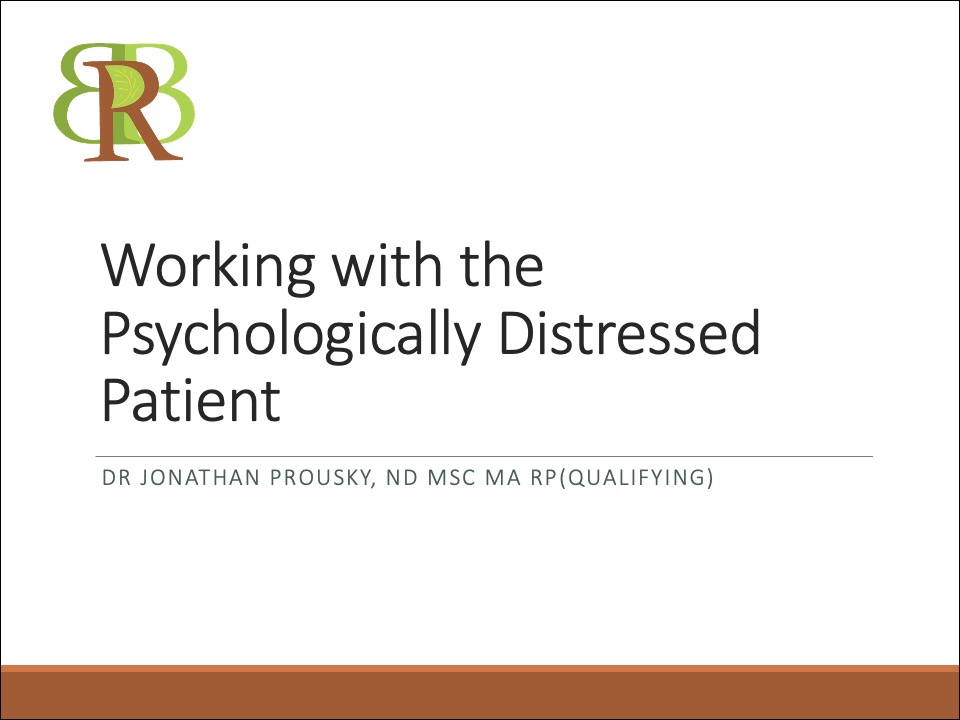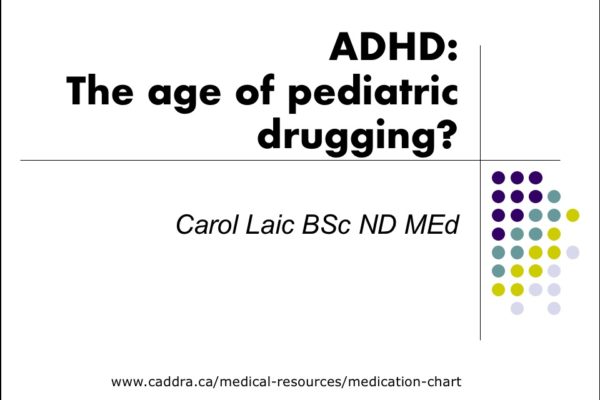Description
Working with the Psychologically Distressed Patient as presented by Dr Jonathan Prousky ND MSc MA RP at our ND Conference on Mental Health in 2020.
Hour 1
- Provide a simple definition of psychological distress
- Review the following definitions from the stress literature that include allostasis, and allostatic load/overload
- Discuss the complicated nature of distilling the many factors that contribute to a patient’s clinical presentation of psychological distress
- Review common antecedents of psychological distress (i.e., allostatic load/overload), such as adverse childhood experiences, social isolation and/or loneliness, relational discord, financial insecurity/problems, socioeconomic status, unhealthy lifestyle habits (e.g., physical inactivity, insufficient diet, and sleep problems), and poor self-esteem.
- Describe the stress-vulnerability hypothesis, and how this model underscores the clinical presentation (i.e., symptoms) of psychological distress
Hour 2
- Review the complexities of the hypothalamic-adrenal-axis with relevance to allostasis, and allostatic load/overload
- Review common neurobiological findings among patients presenting with psychological distress, including the enduring impacts to the prefrontal cortex, hippocampus, and amygdala
- Review common biological findings among patients presenting with psychological distress, such as type 2 diabetes and metabolic syndrome
- Review possible evaluation strategies, such as routine laboratory, genomic, sleep, and salivary testing
- Describe specific treatment approaches that target neurotransmitters and neurotrophic factors to improve the efficiency of information processing, and recalibrate “malfunctioning” neurocircuitry





